Archaeological Site in Gwanbuk-ri and Busosanseong Fortress [UNESCO World Heritage] (관북리유적과 부소산성 [유네스코 세계유산])
18.0 Km 53616 2024-02-29
Gua-ri & Gwanbuk-ri, Buyeo-eup, Buyeo-gun, Chungcheongnam-do
+82-41-830-2880
Archaeological Site in Gwanbuk-ri and Busosanseong Fortress are historical sites dating back to the Baekje period (BC 18-AD 660), when they served as the capital from 538 to 660 AD. Archaeological Site in Gwanbuk-ri functioned as the royal palace where the king resided and governed during peacetime, while Busosanseong Fortress served as a defensive wall for wartime preparedness. Many Baekje historical relics have been excavated from these sites, and there is a virtual experience center called Sabido Fortress for visitors to explore, along with guided tour services available.
Kudurae Dolssambap (구드래돌쌈밥)
18.2 Km 7483 2024-03-28
31 Naruteo-ro, Buyeo-eup, Buyeo-gun, Chungcheongnam-do
+82-41-836-9259
Kudurae Dolssambap is situated on the Goodtrae Food Street in Buyeo, the historic capital of the Baekje kingdom. The restaurant is renowned for its dolssambap - a nutritious set meal consisting of rice cooked in a hot stone pot, accompanied by a selection of vegetables and side dishes. This signature dish emphasizes the use of medicinal plants and vegetables, promoting a wholesome dining experience.
Iksan Godori Standing Stone Buddha (익산 고도리 석조여래입상)
18.2 Km 10174 2024-04-07
Donggodo-ri, Geumma-myeon, Iksan-si, Jeonbuk-do
+82-63-859-5792
Iksan Godori Standing Stone Buddha is Treasure No. 46. The two Buddha statues (each measuring 424 cm) stand face-to-face at a distance of 200 meters apart and tell the story of an eternal, but unrequited love.
According to legend, the two Buddhas (one male, one female) are lovers that can only meet for one night in the twelfth month of the lunar calendar. After the sunset on that special day, the lovers are allowed to meet, but must return to their respective positions before the rooster crows at dawn.
The two statues are very representative of the Goryeo era, which produced many stone statues with minimal expression of the physical body. True to the era, each Buddha has almost no curves and is depicted with plain clothing and barely distinguishable arms.
On their heads, the Buddhas wear a crown topped with another square hat. With their square faces, small eyes, pug noses, and small lips, the Buddhas are reminiscent of guardian deities typically placed at the entrance of villages.
Baekche Tourist Hotel (백제관광호텔)
18.4 Km 10230 2020-04-09
108, Bukpo-ro, Buyeo-gun, Chungcheongnam-do
+82-41-835-0871
Baekche Tourist Hotel is located in the center of the city of Buyeo, and has built up a reputation as an excellent hotel. It has Western-style rooms and Korean-style rooms and can accommodate up to 230 guests at once. The hotel also has a banquet room and a wedding hall to serve as a venue for various activities and events.
Gudeurae Park (구드래조각공원)
18.4 Km 12122 2020-03-18
60, Naruteo-ro, Buyeo-gun, Chungcheongnam-do
+82-41-830-2880
Located at the western end of Busosan Mountain along the Baekma River, the Gudeurae region boasts beautiful scenery and a well-developed sculpture park. The port in the region acted as an entrance to the Sabi Castle during the Baekje dynasty and today serves as a dock for the cruise ship that travels up and down the Baekma River. Restaurants serving delicious regional cuisine are located near the dock, making the area a recommended tourist location for visitors who are looking for a combination of natural beauty and flavorful culinary delights.
Gudeurae was designated a Korea tourist region in 1985. Following the official designation, a sculpture park housing 59 sculptures was established in the area. Thirty of the works of art were crafted by sculptors residing in Gudeurae who are known for skills that have been handed down from artists dating back to the Baekje Period. The other 29 pieces are from Korean and overseas artists who participated in the International Modern Sculpture Symposium in 1999. The sculptures bring about a sense of beauty that reflects the region’s history as well as modern art, making the park a popular tourist site and retreat for residents. A monument built in memory of a well-known folk song describing the beauty of Gudeurae is also located in the region.
Goransa Ferry (고란사유람선)
18.6 Km 33364 2020-02-07
Buso-ro, Buyeo-gun, Chungcheongnam-do
+82-41-835-4689
Goransa Ferry is the best way to understand the history of the Baekje dynasty while enjoying the still waters of Baengmagang River. The ferry passes various historical sites within Busosanseong Fortress, including Cheonjangdae Cliff, Nakhwaam Rock, Joryongdae Cliff, and Jaondae Cliff. Of these sites, Nakhwaam Rock (Falling Flower Rock) is perhaps the most famous, being known as the location where many Baekje women jumped from the cliff rather than be taken captive when the dynasty fell to invading forces. Another key site is Goransa Temple, home to a fountain of natural spring water that was said to prevent aging.
Goransa Temple (고란약수)
18.8 Km 10497 2021-11-26
1-25, Buso-ro, Buyeo-gun, Chungcheongnam-do
+82-41-830-2623
Goransa Temple is located at the foot of the cliffs of Nakhwaam before the Baengmagang River. There is a well called Goranjeong behind the temple. The kings of Baekje are said to have drank water from this well at least once a day. It is said the water will make anyone who drinks it become three years younger.
Samcheok Cheokjudonghaebi & Pyeongsutochanbi Monuments (삼척 척주동해비 및 평수토찬비)
19.0 Km 10614 2023-04-18
13-7, Heomok-gil, Samcheok-si, Gangwon-do
+82-33-859-5708
Erected by Heo Mok, the governor of Samcheok during the second year of King Hyeonjeong's reign (1661), Cheokjudonghaebi Monument is 170 centimeters tall. It was originally built to protect the village on Mallido Island that had been frequently inundated by heavy rain and rough waves. It is believed that the mystical inscription, penned by Heo Mok, on the monument calmed the rough sea waves. Today, the monument stands to prove the wisdom and distinguished penmanship of the former Samcheok City Governor.
Pyeongsutochan-bi Monument is 145 centimeters tall. It was erected by Heo Mok's successor and former governor of Samcheok, Jung Un-cheol, in reverence for his wise forebear. The monument contains
48 ancient Chinese characters that describe many achievements of Heo Mok.
Wanggung Five-story Stone Pagoda (익산 왕궁리 오층석탑)
19.0 Km 9847 2024-04-07
San 80-1, Wanggung-ri, Wanggung-myeon, Iksan-si, Jeonbuk-do
+82-63-859-5708
The Wanggung Five-story Stone Pagoda is located on a hill about 2 kilometers south of Wanggung-myeon in Iksan, which is believed to have been the capital of the nation during the Mahan Era. The pagoda stands tall at 8.5 meters and was officially designated as a National Treasure. Relics from the Goryeo dynasty that were found inside the pagoda were designated as a National Treasure and are currently housed in the National Museum of Korea. Of the excavated relics, the most famous; the Sarijangeomgu, a magnificent container of Buddha’s Sarira; the green glass Sarira bottle topped with a lotus-shaped stopper; and the Sungeumgeumganggyeongpan, which contains the 19 golden plates of the Diamond Sutra.
Hansan Ramie Fabric Cultural Festival (한산모시문화제)
19.0 Km 24172 2024-03-28
1089 Chungjeol-ro, Seocheon-gun, Chungcheongnam-do
+82-41-950-4256
Hansan Ramie Fabric Cultural Festival continues the tradition of recognizing Hansan ramie fabric, or "mosi" in Korean, registered as a UNESCO Intangible Cultural Heritage of Humanity. Visitors can experience weaving traditional Korean natural fiber as well as try on mosi clothing. Various other programs and events are planned including a fashion show, designer competition, and more.
![Archaeological Site in Gwanbuk-ri and Busosanseong Fortress [UNESCO World Heritage] (관북리유적과 부소산성 [유네스코 세계유산])](http://tong.visitkorea.or.kr/cms/resource/33/2366333_image2_1.jpg)

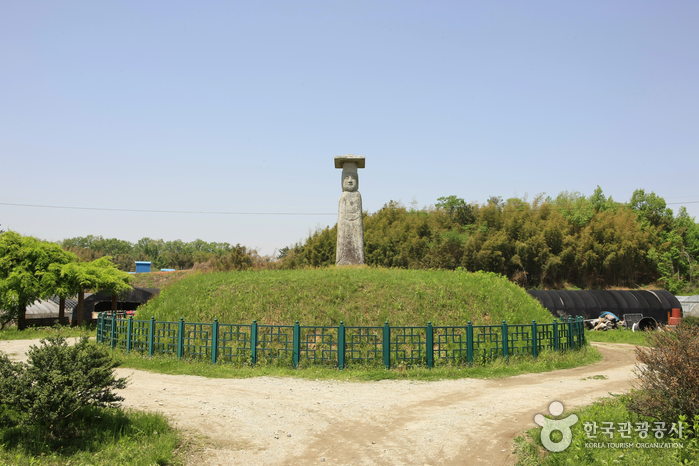
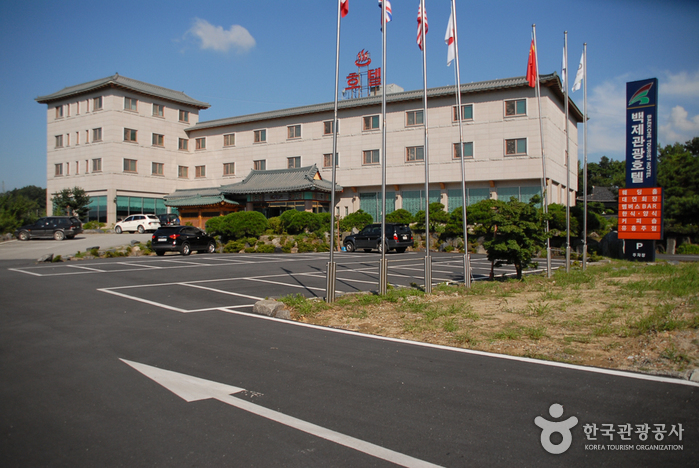
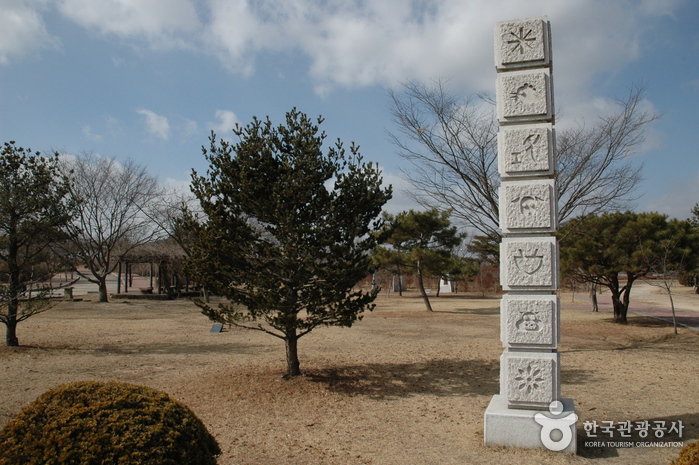

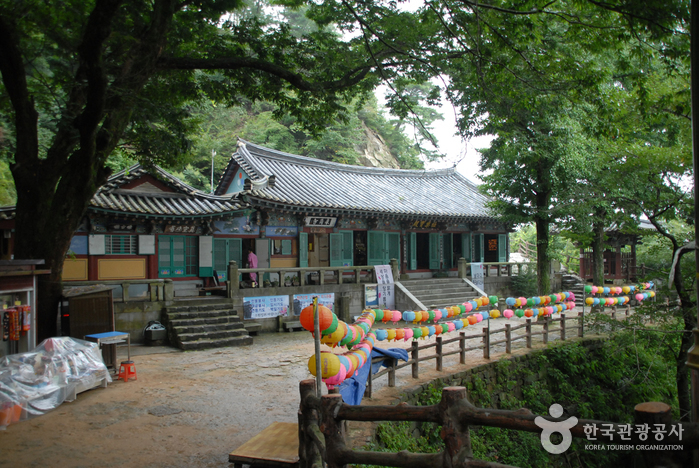
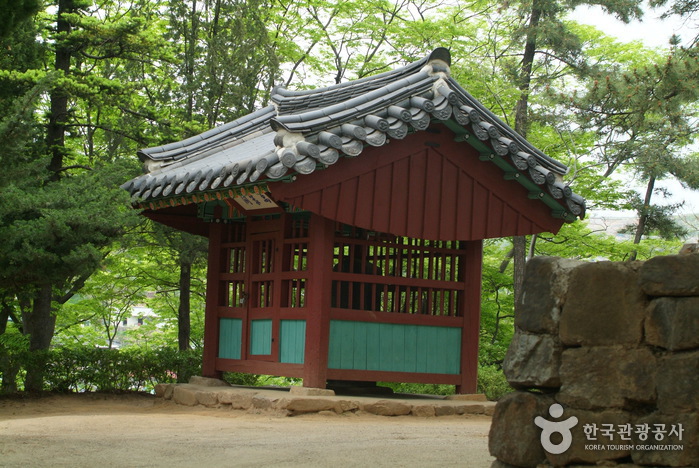
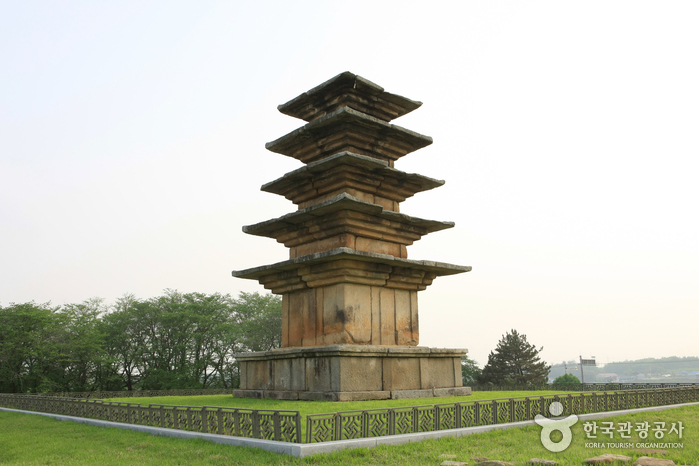
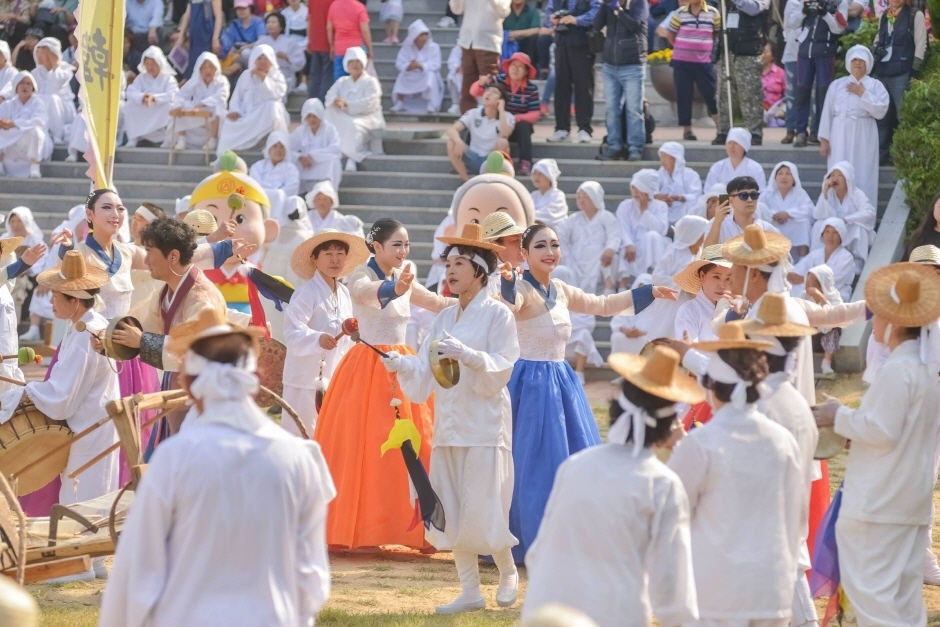
 English
English
 한국어
한국어 日本語
日本語 中文(简体)
中文(简体) Deutsch
Deutsch Français
Français Español
Español Русский
Русский